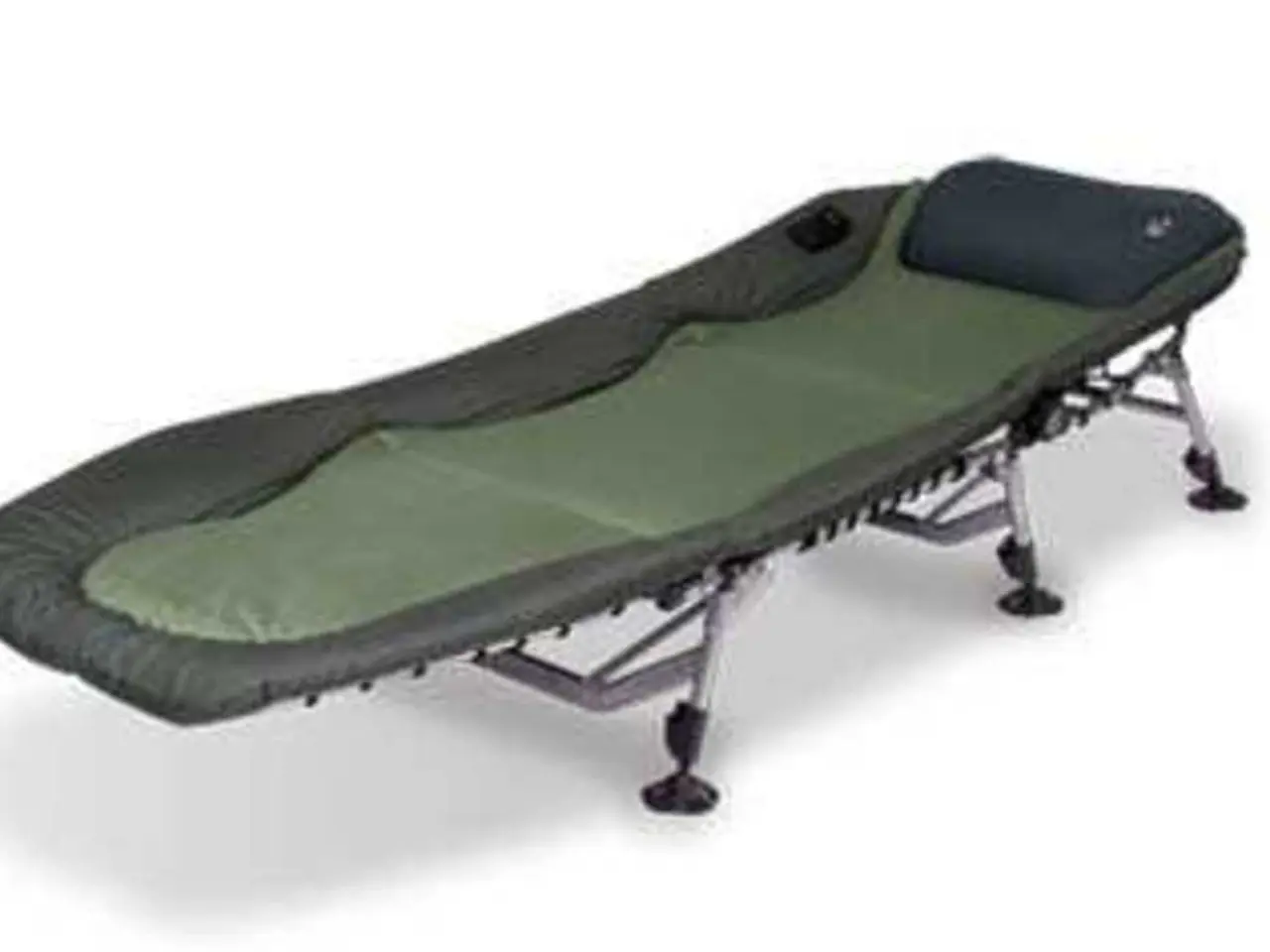Avoiding certain sciatica exercises and finding relief through effective methods
Living with sciatica can be a challenging experience, but there's hope for improvement and relief. Sciatica, a condition characterised by pain, tingling, burning, or numbness that radiates from the lower back down the leg, is often the result of damage or pressure on the sciatic nerve.
The good news is that over time and with treatment, many individuals find they can perform exercises that were previously painful without discomfort. It's crucial to remember that everyone's experience with sciatica is unique, and what works for one person may not work for another.
People with sciatica should continue exercising whenever possible, but it's essential to avoid movements that cause pain. Instead, focus on gentle exercises designed to mobilise nerves, stretch tight muscles, and strengthen the core and gluteal muscles.
Effective exercises include the knee to chest stretch, sciatic mobiliser (nerve flossing), seated sciatic nerve floss, core strengthening exercises, glute and hip stretches, and low-impact aerobic activities like walking, swimming, and yoga.
However, it's essential to avoid high-impact activities or exercises that increase or worsen sciatica pain. Over-stretching or aggressive stretching without professional guidance should also be avoided, as should heavy lifting or twisting motions that strain the lower back.
When pain occurs, people can try using hot or cold packs, taking over-the-counter pain medications, massage, or acupuncture. Seeking medical help can allow a doctor to find the cause of the sciatica and treat it, which may reduce the chance of the pain recurring. In some cases, a doctor may recommend regular exercise to strengthen the core and spine.
While high-quality research on whether exercise actively helps treat sciatica is lacking, a 2022 review and meta-analysis of previous research on physiotherapy for sciatica found that there was a high risk of bias in many studies on the subject. Despite this, the outlook for people with sciatica is generally positive, with many finding improvements in their condition over time.
However, the likelihood of improvement may be lower for those with long-lasting leg pain and those who believe the sciatica will last a long time. It's essential to maintain a positive attitude and continue to seek out gentle exercise as a means of managing the condition.
Household activities such as cooking or cleaning can also be a form of gentle exercise for people with sciatica. As always, it's crucial to listen to your body and stop any exercise that intensifies pain.
[1] Mayo Clinic. (2021). Sciatica. [Online] Available at: https://www.mayoclinic.org/diseases-conditions/sciatica/diagnosis-treatment/drc-20375137
[2] NHS. (2021). Sciatica. [Online] Available at: https://www.nhs.uk/conditions/sciatica/
[3] Spine-health.com. (2021). Sciatica Exercises. [Online] Available at: https://www.spine-health.com/conditions/sciatica/sciatica-exercises
[4] Cleveland Clinic. (2021). Sciatica. [Online] Available at: https://my.clevelandclinic.org/health/diseases/16917-sciatica
[5] Piatelli, G. (2015). Sciatica: A Review of Pathophysiology, Clinical Presentation, and Conservative Management. Journal of Back and Musculoskeletal Rehabilitation, 28(2), 161-169. doi: 10.3233/BMR-140642
- Regular exercise, like core and gluteal strength training, walking, swimming, and yoga, can be beneficial for managing sciatica pain according to fitness-and-exercise resources.
- Science has shown that certain therapies, such as acupuncture and pain management techniques, can provide temporary relief for those experiencing back pain associated with sciatica.
- When rehabilitating from sciatica, focusing on gentle exercises designed to mobilize nerves, stretch tight muscles, and strengthen the back and surrounding areas is essential for long-term health-and-wellness.
- Under the guidance of a medical professional, individuals with chronic-diseases like sciatica can explore alternative treatments, such as cbd, to help manage their pain.
- Stretching exercises, such as the knee to chest stretch, sciatic mobiliser, and seated sciatic nerve floss, are often recommended as part of a physical therapist's treatment plan for sciatica.
- Sciatica, a painful neurological disorder, can be caused by various medical-conditions, including herniated discs, degenerative disc disease, and spinal stenosis.
- Nutrition plays an important role in overall health and can help with pain management and back pain reduction associated with sciatica; a balanced diet rich in fruits, vegetables, lean proteins, and whole grains is recommended.
- Severe or persistent sciatica might require surgery, and anesthetics are usually administered during such procedures to minimize discomfort and aid in the recovery process.
- It's crucial to maintain mental health while dealing with chronic conditions like sciatica, and engaging in stress-reduction techniques and practices, like meditation, can help manage anxiety and depression.




